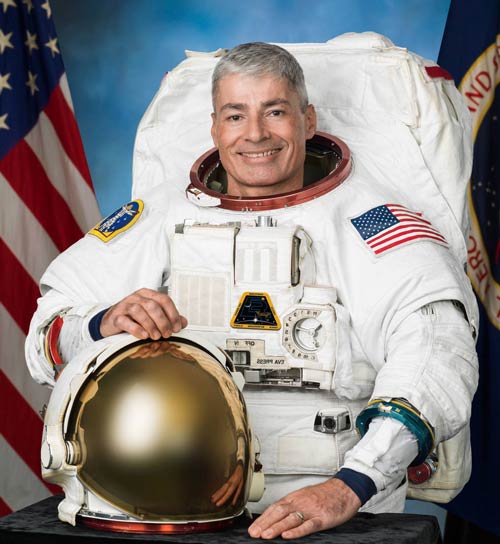Physics department adds engineering concentration
Academics
December 15, 2021
A first step, carrying with it the possibility of traveling further in that direction depending on how it goes.
That’s how Jim Crumley, chair of the physics department at the College of Saint Benedict and Saint John’s University, describes his department’s decision to add an engineering concentration beginning with the start of the 2022-23 academic year.
Admissions data at CSB/SJU shows 10.6 percent of applications submitted at Saint John’s for the 2022-23 school year and 2.8 percent of applications submitted at Saint Benedict have identified engineering as a pre-professional interest.
Crumley said adding an engineering concentration has been discussed by the department for over 20 years now, but a recent program review provided the impetus to act now.
“We know there is a demand for it,” Crumley said. “And this is a first move in that direction. It’s not a huge step. It’s really more of an evolution of what we’re already doing.
“We’re going to try it and see if it’s enough to meet the demand that’s out there, or if we need to go further and look at creating a full-fledged engineering major here.”
For now, the department – which presently offers both a physics and applied physics concentration – will change the name of the applied physics concentration to engineering physics.
Along with that, three new engineering courses will be offered: Introduction to Engineering, Introduction to Prototyping and Computer-Aided Design and Engineering Problem Solving with MATLAB.
All three classes will be taught by current faculty members.

In the Introduction to Engineering class, students will be introduced to basic engineering concepts and apply them to practical problems. The second class will allow students to – among other things – design a project, print it out on a 3D printer and test it. While the third will teach them engineering software, especially MATLAB, and allow them to use it while working on problems.
“These are things our alums have told us they do out in the field,” Crumley said. “And they are things they wished they’d gotten to do more of when they were in our program. So we wanted to change that.”
Beyond that, the department will also make an adaptation to the two-semester capstone sequence that currently exists in the applied physics concentration. Students in that concentration currently take a senior research course in the fall where they complete a physics research project. Then, the spring, they write their results up and present them in Senior Thesis.
In the renamed engineering physics concentration, the Senior Research course will be replaced with a course entitled Engineering Design project in which students will complete an engineering-focused project.
“In fact, we already have several students a year who do engineering projects,” Crumley said. “But this new course will just make those projects evident on students' transcripts.”
CSB sophomore Rickia Hanna, who is currently in the applied physics concentration, said she is excited about the changes.
“People who have never taken a physics class don’t always realize how much physics entails,” she said. “By implementing these electives and changing the name of applied physics to engineering physics, I think it will open up more minds to just what is possible with a physics major.
“And that’s important.”
The changes go along with a dual degree partnership the department already has in place with Washington University in St. Louis, which began during the 2020-21 school year. Under the terms of that program, if students complete the recommended prerequisites for each type of engineering, maintain a minimum GPA and fill out a short application, they are automatically admitted to that school’s McKelvey School of Engineering.
“Since that (partnership with Washington University) is so new, we haven’t had a student transfer into that program yet,” Crumley said.

Related Links
Physics News:
- Vande Hei ’89 floats through student questions aboard ISS
- SJU graduate helping NASA prepare for a trip to Mars
- SJU graduate, self-described ‘nerd,’ earns NASA award
